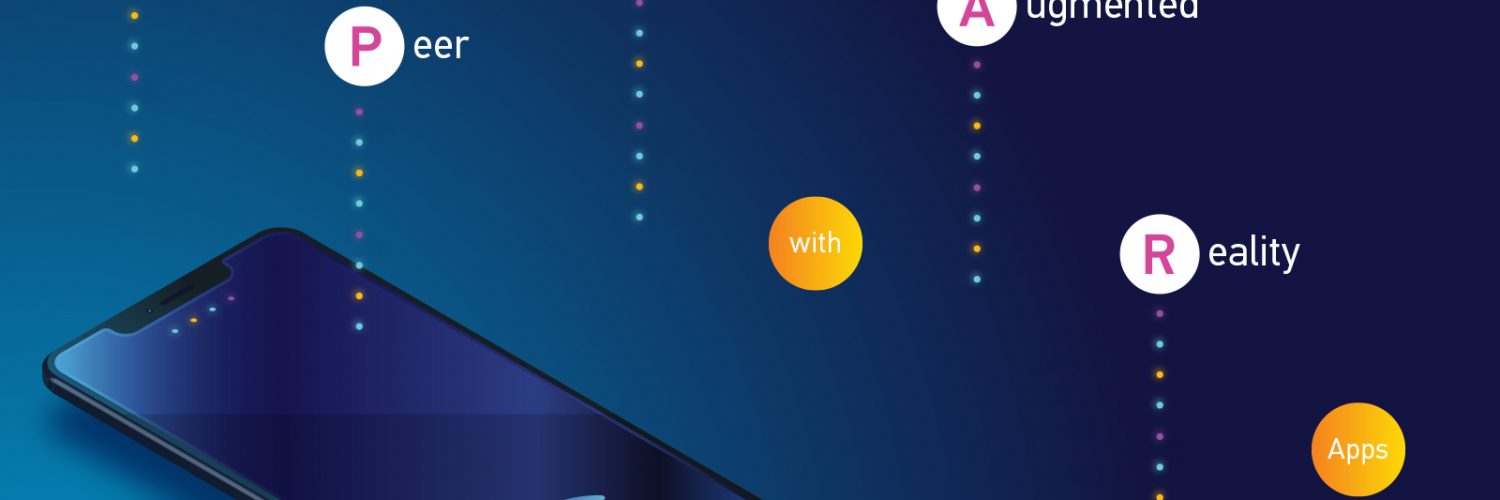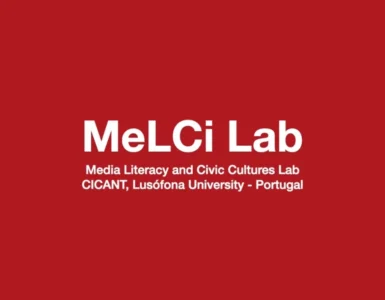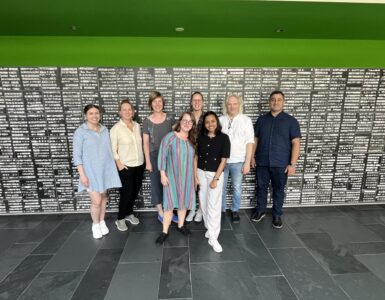by Iris Wunder & Ruth Maloszek, Friedrich-Alexander-Universität Erlangen-Nürnberg (FAU), Germany
Teaching and learning with peers and augmented reality offers opportunities for memorable, active learning. Peer to peer pedagogy is an empowering and active form of learning. In addition, AR provides students with opportunities to create their own content and visualize the products of their collaborations. This is were the iPEAR approach comes in as it combines collaborative approaches and visuals, enabling educators and students make the most of both.
iPEAR stands for a pedagogical design combining peer learning and augmented reality to enhance students’ engagement, motivation, and empowerment. The science of learning shows that ‘learning friends’ make a difference. Not only during the pandemic, students choose an inclusive visual language of the internet using any form of visuals like emoji, videos, 3D animation whenever possible.
Visual language is inclusive for two reasons: It helps students with learning challenges and it conveys meaning by providing a microlearning experience concisely and in a way that makes it memorable. Thus the ‘i’ in iPEAR stands for students’ requirements and preferences.
The four pillars of the iPEAR pedagogy are:
- Visual Literacy: “Visual literacy is a set of abilities that enables an individual to effectively find, interpret, evaluate, use, and create images and visual media. (…) A visually literate individual is both a critical consumer of visual media and a competent contributor to a body of shared knowledge and culture.” (ARCL 2022) Vsible capital has a high significance that educators need to be aware of. Visuals transmit messages faster, but they can be read differently by a different audience, so aesthetics and visual ethics need further training.
- Digital competencies for AR: Visual literacy is also a part of AR, as AR aims to extend realities with visuals of any form. Educators must invest significant time in finding relevant tools to use for AR and to serve their disciplinary requirements. They often need the assistance of an instructional designer or learning technologist to choose what is appropriate for their target audience and learning outcomes. The usage of AR varies from simple QR codes read with AR apps to more elaborated usage of HoloLens, for example. Therefore, thorough investigation is needed. Another obstacle educators might face is the technical jargon of computer engineers, which can complicate the adoption of AR in Higher Education. The iPEAR project is developing an online tool for assessing generic digital competencies in AR as adapted from DigCompEdu. An iPEAR toolkit supports educators by presenting educational AR tools and ways to use them.
- Peer-to-peer instruction: This improves retention of knowledge. Many researchers note the value that peer-to-peer in helping students retain their knowledge longer and enhancing course satisfaction.
- Culture of feedback: A social feedback culture can lead to students developing a social netiquette of how to pose questions before, during and after the task aligned with the growth mindset initiative.
The iPEAR approach is being developed by a European project testing the pedagogy in case studies at universities in different European countries. Findings so far show that:
- the use of AR in a peer setting means restructuring a course to a certain extent, as the focus on visual representations is vital but time consuming; parts of a course can be outsourced into asynchronous course elements, as one possible solution;
- educators need to guide students closely through the unfamiliar and rather complex field of AR;
- the technical prerequisites have to be available to all students to ensure that the use of AR does not exclude students, which would contradict the goal of using AR in an inclusive setting.
Editor’s note: Iris & Ruth will be presenting at the Media & Learning Conference that will take place 2-3 June in Leuven, Belgium. More information about the conference can be found here.

Authors
Iris Wunder & Ruth Maloszek, Friedrich-Alexander-Universität Erlangen-Nürnberg (FAU), Germany
iPEAR project is partially funded by the European Commission, no: 2020-1-DE01-KA203-005733
Join the MOOC: https://imoox.at/course/ipear
Check out these links for more info on our work:
https://www.phil.fau.de/person/iris-wunder/
https://de.linkedin.com/in/dr-iris-wunder-2b6586
https://www.medpaed.phil.fau.de/lehrstuhl/person/dr-ruth-maloszek/














